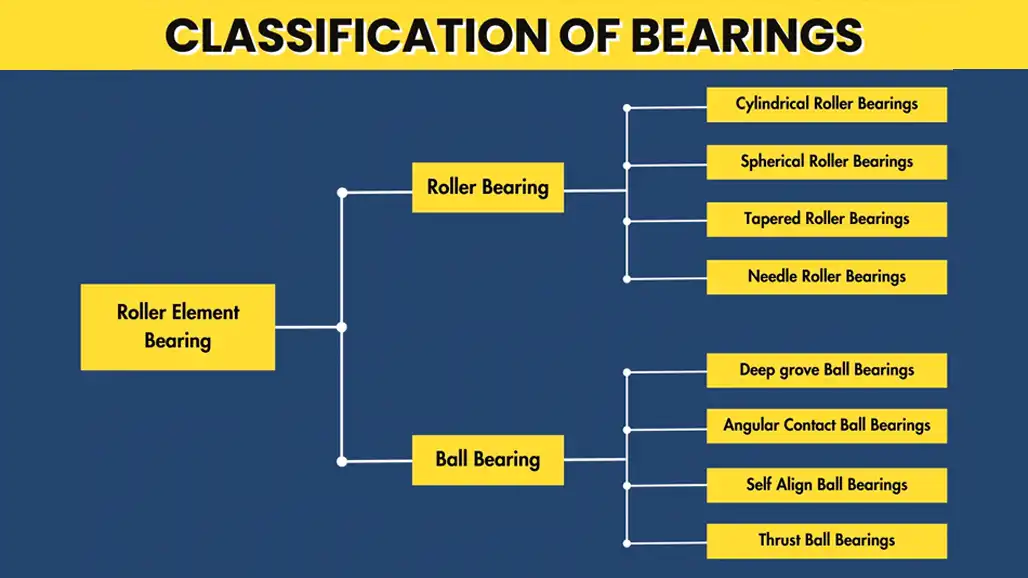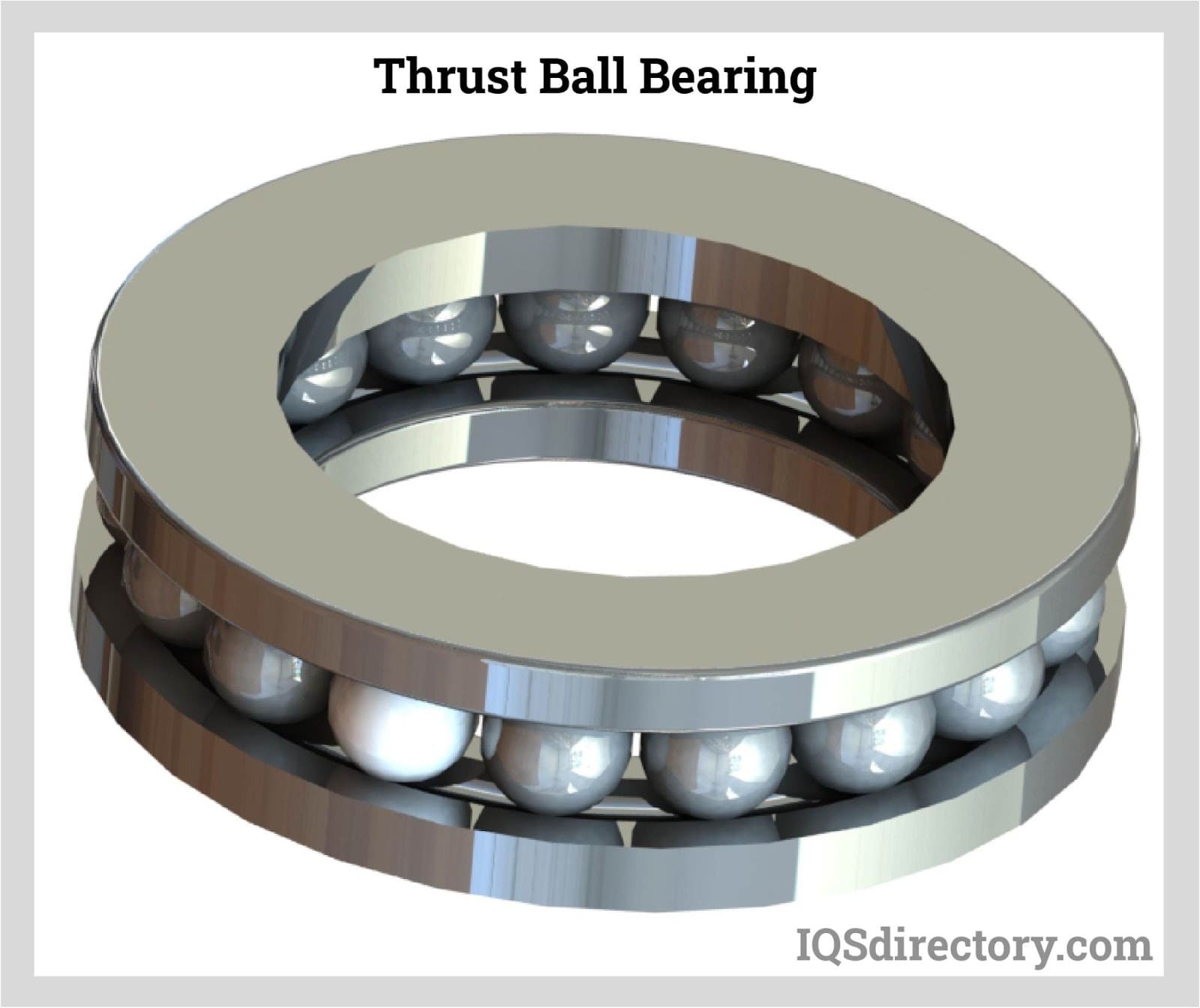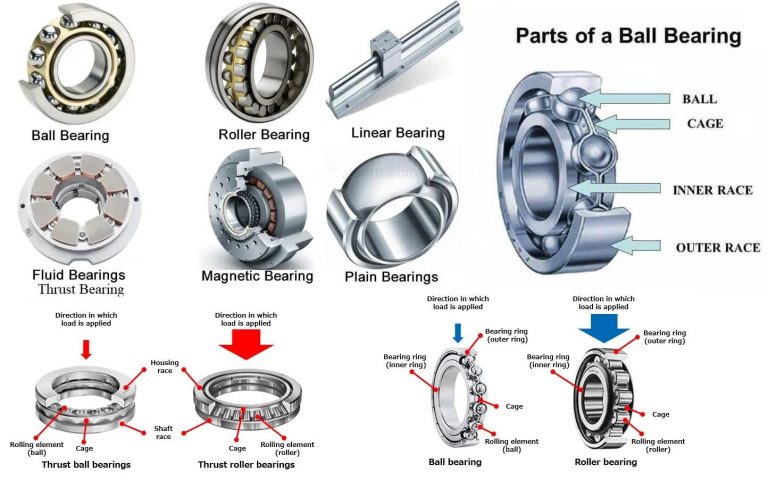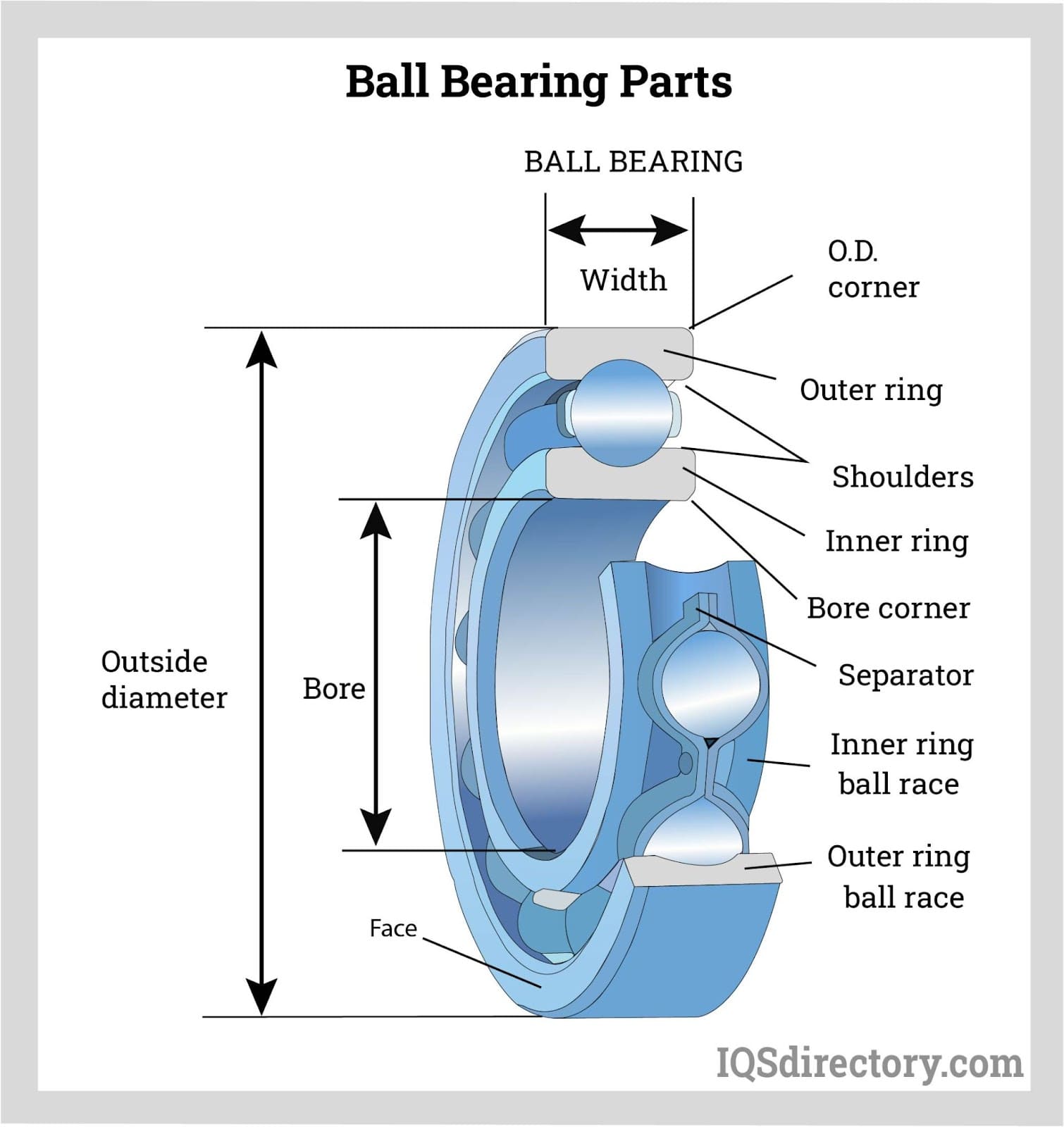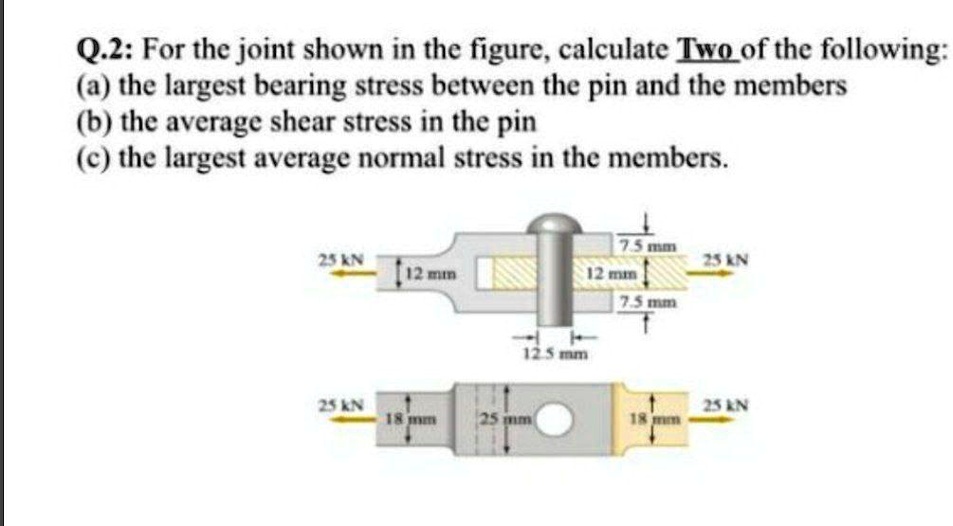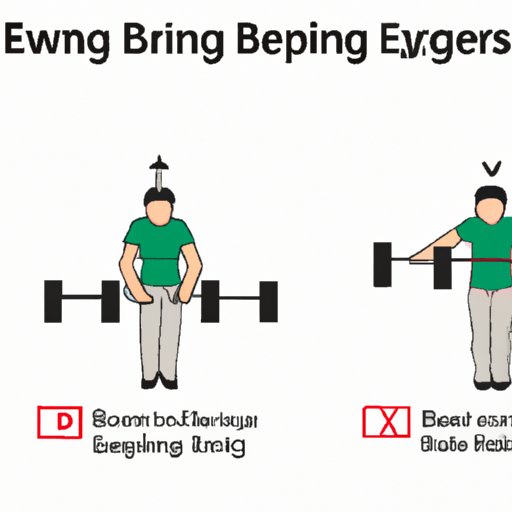The Is Both The Mechanical Weight-bearing
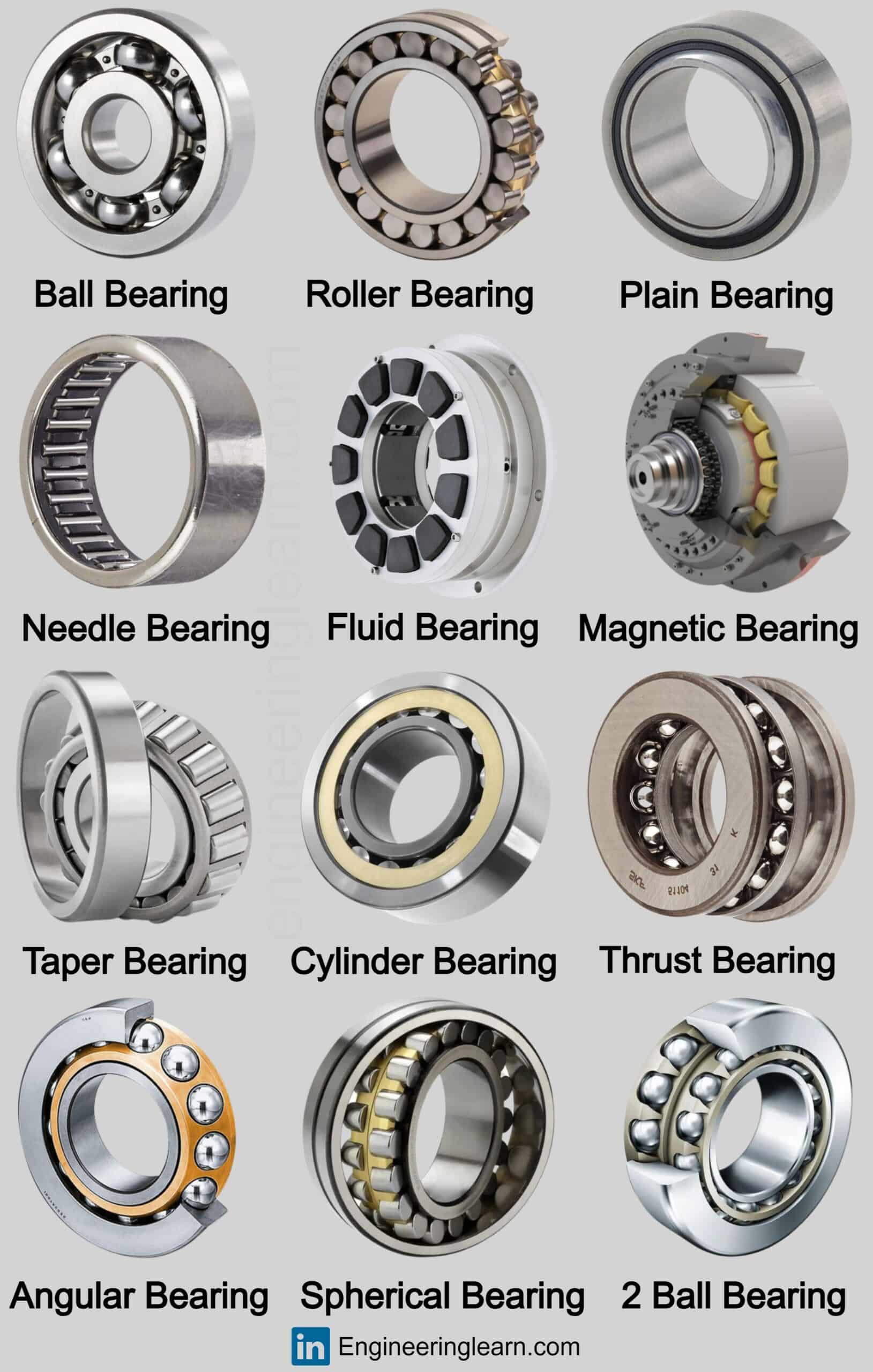
A silent crisis is unfolding within modern architecture and engineering: the insidious creep of lightweight construction, often prioritizing aesthetics and cost over the fundamental mechanical requirements of load-bearing structures. This shift, while seemingly benign, carries profound implications for building longevity, structural integrity, and ultimately, public safety. The relentless pursuit of 'thinner' and 'lighter' raises critical questions about the long-term consequences of neglecting the robust principles that have historically governed construction.
This article examines the escalating concerns surrounding the balance between mechanical weight-bearing capacity and the increasing use of lightweight materials in construction. It delves into the potential risks associated with prioritizing aesthetic appeal and economic efficiency over established engineering principles. We'll explore expert opinions, industry trends, and emerging research to understand the trade-offs inherent in this evolving landscape. The aim is to provide a comprehensive overview of the challenges and opportunities in ensuring structural safety in an era of increasingly ambitious architectural designs.
The Rise of Lightweight Construction
The demand for innovative architectural designs, coupled with the allure of reduced material costs and faster construction timelines, has fueled the adoption of lightweight materials. These materials, including high-strength steel, aluminum, and composite materials, offer numerous advantages. They allow for the creation of soaring spans, complex geometries, and aesthetically pleasing structures that were previously unattainable.
However, the transition to lighter materials is not without its challenges. Traditionally, heavier materials, like concrete and masonry, provided inherent stability and damping characteristics. These properties absorbed vibrations and mitigated the effects of extreme weather events. Lightweight materials require sophisticated engineering analysis and advanced construction techniques to achieve comparable levels of structural integrity.
Potential Risks and Concerns
One of the primary concerns surrounding lightweight construction is the increased susceptibility to vibrations and oscillations. A lighter structure is more easily excited by external forces such as wind, seismic activity, or even human movement. This can lead to excessive deflections, fatigue, and, in extreme cases, structural failure.
Moreover, the long-term durability of lightweight materials is an area of ongoing research. While some materials exhibit excellent corrosion resistance, others may be vulnerable to degradation from environmental factors. This requires careful selection and protective measures.
Professor Emily Carter, a structural engineering expert at the Massachusetts Institute of Technology (MIT), emphasized the importance of meticulous design and quality control. "Lightweight construction requires a higher level of precision in both design and execution," she stated. "Even minor errors can have significant consequences for the overall structural performance."
The Role of Building Codes and Regulations
Building codes and regulations play a crucial role in ensuring the safety and stability of structures. These codes specify minimum requirements for load-bearing capacity, material properties, and construction practices. However, some critics argue that existing codes may not adequately address the unique challenges posed by lightweight construction.
“Current building codes are constantly evolving to incorporate new materials and technologies," said David Miller, a senior building inspector with the International Code Council (ICC). "However, there is a need for continuous review and refinement to ensure that they remain effective in safeguarding public safety."
The increasing complexity of modern architectural designs often requires engineers to push the boundaries of what is possible. This necessitates rigorous testing, advanced modeling techniques, and a thorough understanding of the material behavior under various loading conditions.
Industry Perspectives and Solutions
The construction industry is actively exploring innovative solutions to mitigate the risks associated with lightweight construction. These include the development of advanced damping systems, such as tuned mass dampers, which can effectively absorb vibrations and reduce oscillations.
Furthermore, engineers are employing sophisticated computer modeling techniques to simulate the behavior of structures under various loading scenarios. This allows them to identify potential weaknesses and optimize the design for maximum strength and stability. The use of sensors embedded within the structure provides real-time monitoring of stress and strain, allowing for early detection of any potential problems.
Architect Sarah Chen, known for her innovative use of lightweight materials, believes that collaboration is key. "Architects, engineers, and material scientists must work together to ensure that designs are both aesthetically pleasing and structurally sound," she stated. "A holistic approach is essential to achieving optimal results."
Case Studies: Successes and Failures
Examining case studies of both successful and unsuccessful lightweight construction projects can provide valuable insights into the factors that contribute to structural integrity. Structures like the Millau Viaduct in France, a cable-stayed bridge with a lightweight steel deck, demonstrate the potential of innovative design when coupled with rigorous engineering.
However, there have also been instances where lightweight structures have experienced problems. These failures often highlight the importance of proper maintenance, regular inspections, and adherence to best practices in construction and design. Investigating these incidents helps to prevent similar issues in the future.
A report by the American Society of Civil Engineers (ASCE) highlighted the importance of incorporating resilience into the design of lightweight structures. This involves designing structures that can withstand extreme events, such as earthquakes or hurricanes, without collapsing.
The Future of Weight-Bearing Design
The future of weight-bearing design lies in embracing innovation while maintaining a steadfast commitment to structural integrity. This requires a collaborative effort between architects, engineers, material scientists, and policymakers to develop new materials, advanced technologies, and updated building codes.
Continued research into the long-term performance of lightweight materials is essential. This will enable engineers to make informed decisions about material selection and ensure the durability of structures over their entire lifespan. It is also crucial to promote education and training for construction professionals to equip them with the skills and knowledge needed to design and build safe and sustainable lightweight structures.
Ultimately, the goal is to strike a balance between aesthetics, cost-effectiveness, and structural performance. By prioritizing safety and embracing innovation, we can ensure that the buildings of the future are both visually stunning and inherently resilient. Lightweight construction has a place in the future but requires the right knowledge to do so successfully.





